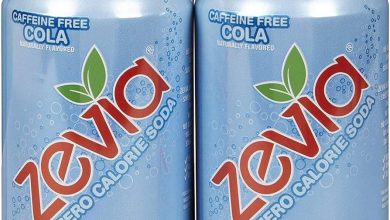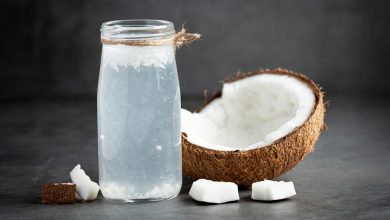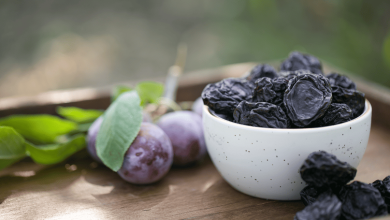Lettuce, Green Leaf (Raw)
Green leaf lettuce is a versatile and nutrient-dense leafy vegetable that adds a fresh, crisp texture to a variety of dishes. Whether tossed in a salad, used as a garnish, or added to sandwiches, this vibrant green provides a refreshing and low-calorie option for health-conscious eaters. It’s a rich source of vitamins and minerals while remaining light on the palate, making it an ideal choice for anyone looking to boost their intake of essential nutrients without adding excessive calories.
Nutritional Information (per 100g serving)
| Nutrient | Amount |
|---|---|
| Energy | 15 kcal |
| Protein | 1.36 g |
| Total Fat | 0.15 g |
| Saturated Fat | 0.02 g |
| Carbohydrates | 2.87 g |
| Dietary Fiber | 1.3 g |
| Sugars | 0.78 g |
| Calcium | 36 mg |
| Iron | 0.86 mg |
| Magnesium | 13 mg |
| Phosphorus | 29 mg |
| Potassium | 194 mg |
| Sodium | 28 mg |
| Zinc | 0.18 mg |
| Copper | 0.029 mg |
| Manganese | 0.25 mg |
| Selenium | 0.6 mcg |
| Vitamin C | 9.2 mg |
| Thiamine (Vitamin B1) | 0.07 mg |
| Riboflavin (Vitamin B2) | 0.08 mg |
| Niacin (Vitamin B3) | 0.375 mg |
| Vitamin B6 | 0.09 mg |
| Folate (Vitamin B9) | 38 mcg |
| Vitamin B12 | 0.0 mcg |
| Vitamin A | 370 mcg |
| Vitamin E | 0.22 mg |
| Vitamin D2 | 0.0 mcg |
Allergen Information
Green leaf lettuce is naturally free from common allergens such as gluten, dairy, nuts, and soy, making it a safe and healthy option for most individuals, including those with food sensitivities or allergies.
Dietary Preferences
- Vegetarian: Yes
- Vegan: Yes
- Gluten-Free: Yes
- Low-Carb: Yes
- Low-Calorie: Yes
- Keto: Yes (in moderation)
Health Benefits
Green leaf lettuce offers numerous health benefits, making it a fantastic addition to any diet. It is low in calories but high in essential vitamins and minerals, particularly vitamin A and vitamin C, which are crucial for maintaining healthy skin, vision, and immune function. Additionally, its high fiber content supports digestive health and helps maintain regular bowel movements.
This leafy green also provides a good amount of potassium, which supports heart health by helping to regulate blood pressure. Furthermore, it is rich in folate, an important nutrient for cell growth and the formation of red blood cells, making it particularly beneficial for pregnant women and those trying to conceive.
Tips for Use
Green leaf lettuce is incredibly versatile and can be used in many different dishes. It can be shredded or torn into bite-sized pieces and added to salads, wraps, or sandwiches. You can also use it as a base for bowls or as a garnish for cooked meals like grilled chicken or fish. For a fresh and nutritious twist, try pairing it with fruits like strawberries or citrus in a salad.
To maintain its freshness, store lettuce in a cool, dry place and rinse it just before use. Green leaf lettuce tends to wilt quickly, so it’s best to enjoy it soon after purchase for optimal texture and taste.
Conclusion
Green leaf lettuce is a nutrient-packed, low-calorie green that provides a wealth of vitamins, minerals, and fiber while being incredibly versatile in the kitchen. Its mild flavor and crisp texture make it an excellent choice for a wide variety of dishes, from fresh salads to wraps and beyond. Whether you’re looking to boost your intake of vitamins A and C, or simply want to add a light, refreshing element to your meal, green leaf lettuce is a simple yet nutritious addition to any diet.










